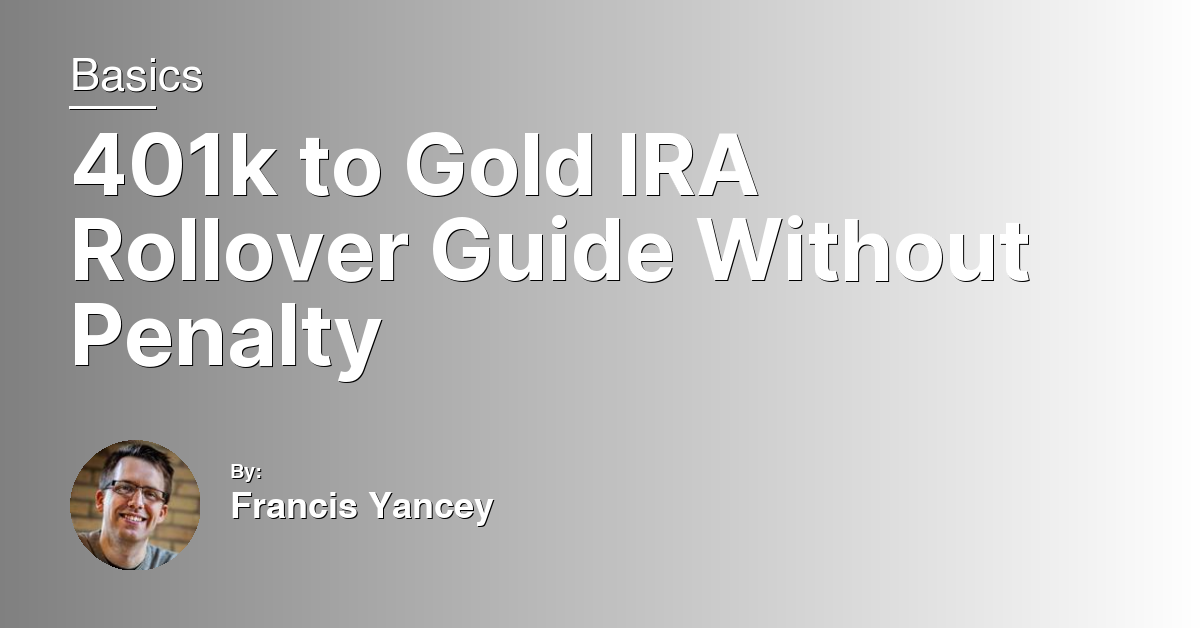In the quest for a secure and prosperous retirement, diversifying your investment portfolio is more crucial than ever. With the stability and enduring value of precious metals, many are turning towards IRA-approved gold and silver as a shelter against the unpredictable tides of the market. This article explores the benefits and considerations of including these timeless assets in your retirement planning strategy, ensuring your golden years gleam with the promise of financial security.
Understanding the Difference: IRA-Approved vs. Non-Approved Metals
When investing in precious metals through an Individual Retirement Account (IRA), it’s crucial to understand the difference between IRA-approved and non-approved metals. IRA-approved metals meet specific standards set by the IRS, including purity and fineness. For example, gold must have a fineness of .995 or better, while silver requires a fineness of .999.
Non-approved metals, on the other hand, do not meet these stringent criteria and therefore cannot be included in a self-directed IRA. This includes certain collectibles, such as rare coins or those not produced by a recognized mint or assay office like the Royal Mint or the London Bullion Market Association.
Popular IRA-approved options include the American Gold Eagle, Canadian Gold Maple Leaf, and Silver Britannia, among others. Investing in approved precious metals can offer a hedge against inflation and diversification away from the stock market, crucial for a balanced retirement portfolio. Always consult a financial adviser to ensure your investments align with IRS regulations and your retirement goals.
Strategies for Purchasing and Storing Eligible Metals
When purchasing IRA-approved gold and silver, it’s crucial to choose metals that meet the standards set by the IRS, such as those produced by the Royal Mint or those that conform to the specifications of the London Bullion Market Association. Popular choices include the American Gold Eagle, Canadian Gold Maple Leaf, and the Vienna Philharmonic coins. Ensure these metals have the required purity levels; for gold, it’s 99.5% and for silver, 99.9%.
For storing your precious metals, self-directed IRA holders must use an IRS-approved depository. Storing IRA metals at home or in a personal safe deposit box is not permitted and could lead to tax penalties. The chosen depository should offer insurance and have robust security measures to safeguard your investment against theft or loss.
Diversification within your precious metal investments can mitigate risk. Consider mixing bullion coins and bars in your portfolio to balance between the potential for growth and the need for stability, especially in times of inflation or recession. Always consult with a financial adviser to align these strategies with your overall retirement planning goals.
FAQs
Is IRA gold safe?
Is IRA gold safe?
Gold IRAs are considered a secure investment option due to their ability to provide diversification in a portfolio, protection against market volatility, inflation, and economic uncertainties. Additionally, they often offer tax benefits, making them a safe choice for many investors.
What is IRA gold’s form?
IRA gold’s form includes traditional and Roth options, both of which require investments in actual gold. Additionally, investors can choose from alternative options like gold company stocks, gold mutual funds, or gold exchange-traded funds.
How much is a gold IRA?
A gold IRA can cost anywhere from $200 to thousands of dollars per year for maintenance, depending on the account’s value and custodian chosen.
How do I cash out my gold IRA?
To cash out your gold IRA, you can contact the Certified Gold Exchange and request a portfolio buyback value. Provide all required information and documentation, review the purchase valuation for fairness, and complete any necessary paperwork provided to you.

